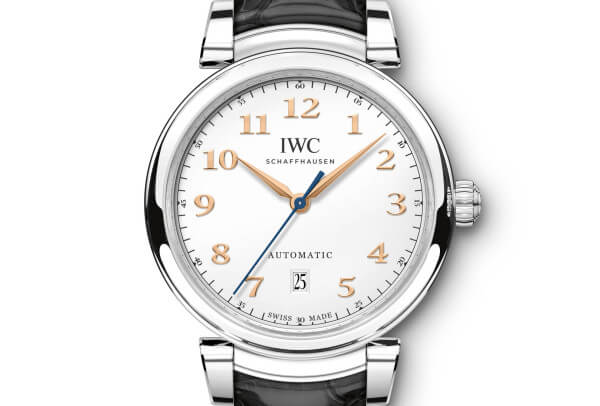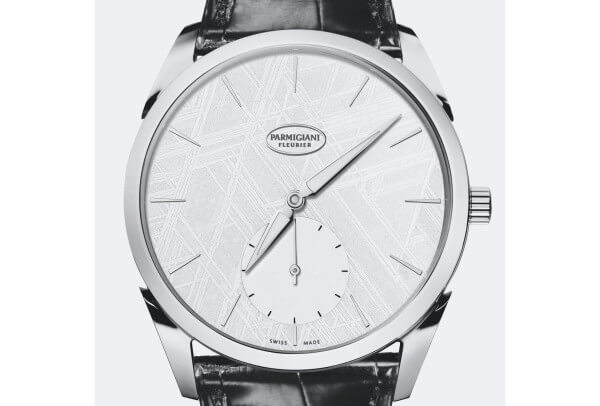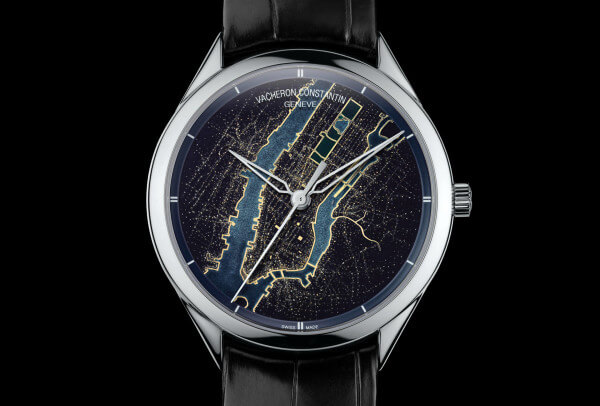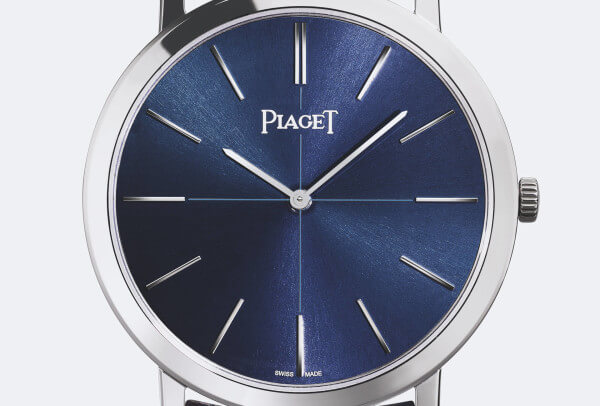Yves-Saint Laurent kickstarted the trend when he put women into a tux. It was an inspired move, the haute couture equivalent of pop art with Catherine Deneuve, Mireille Darc and Sylvie Vartan as agents provocateurs. But did he ever imagine that fifty years later his masculine-feminine style would have taken on such proportions? Le Smoking‘s sharply tailored jacket, with its four button-down pockets, and slim trousers have been joined in women’s wardrobes by a leather biker jacket, Derbies, a plain white shirt, boyfriend jeans and now a watch.

Certain brands exhibiting at Salon International de la Haute Horlogerie championed the co-ed approach to watchmaking. IWC was one: its Da Vinci Automatic, which has a 40 mm diameter, “appeals equally to men and women – a classic watch with three hands for those who prefer style and simplicity.” Girard-Perregaux was another, with a Laureato 38 mm that “frees itself from gender-related boundaries.” The question being, how did this happen? Who decided Barbie was going to flex her muscles and that Ken would have his chest hair waxed? When did the gender tide turn, gradually washing over fashion and watchmaking?
A 40 mm diameter has been par for the course this past couple of years, fitting women's wrists, which measure between 14 and 18 cm, as comfortably as men's.
One style fits all
Women’s watches in the nineteenth century were, without exception, dainty jewels, a trend that continued well into the 1900s: Elizabeth II may have had more on her mind, on the day of her Coronation, than the time shown courtesy of Jaeger-LeCoultre and its Calibre 101, the smallest movement in the world. A man, meanwhile, wore a watch whose voluminous case poked out from under his pilot’s uniform, a measure of the courage he showed each time he took to wartime skies. Chanel put women into trousers. Marlene Dietrich wore a top hat and tux in Josef von Sternberg’s Morocco. David Bowie became Ziggy Stardust in glitter boots, face paint and infinite colour. Unisex fashion hit the streets and women began to show an interest in what went on beneath the dial of their watch. Not content with the diamonds and mother-of-pearl that dominated ladies’ timepieces, they went shopping in the men’s department instead. This left a sizable problem: men’s timepieces came with a diameter between 36 mm and 50 mm, when the conventional size for women ranged from a tiny 20 mm to 42 mm. Watchmakers responded by scaling-back proportions on certain styles. A 40 mm diameter has been par for the course this past couple of years, fitting women’s wrists, which measure between 14 and 18 cm, as comfortably as men’s (in the region of 15 to 19 cm). As for the desire to break down gender boundaries, considerable progress has been made. Think, for example, of the Parmigiani Fleurier Tonda 1950 Meteorite and its eminently sober dial made from a fragment of meteorite found in Sweden.

And what of the universal globetrotting appeal of the Vacheron Constantin Métiers d’Art Villes Lumières New York, whose dial portrays the city that never sleeps. Piaget and its trio of Altiplano 40 mm in neutral shades confirms that the brand is for men and women with an appreciation of fine mechanics, as its 1203P automatic movement derives from the 1205P, first introduced in 2013 as the successor to the legendary extra-thin 12P.

Me Tarzan, you Jane!
Gender fluid is all the rage. Boys and girls no longer fit into convenient boxes. A woman can wear men’s clothes and still be feminine. The reverse is true (although the jury is still out over Jaden Smith as the new face of Louis Vuitton womenswear…) This isn’t a new phenomenon but it is gaining ground thanks to Millennials; the 15-25 age bracket who grew up with the Internet and same-sex marriage that disrupts binary frontiers.

There is still some way to go before watchmaking completely breaks out of the male/female spectrum, with some brands maintaining a distinctly feminine identity while others have made testosterone part of their DNA. The next generation could be the one to rewrite rules and roles, and in doing so perhaps oblige brands to come up with watches whose “in-between” diameter can be worn just as easily by a woman as by a man, and which focus on style rather than gender through a clean, uncluttered design. A new “agender” for watchmakers.












